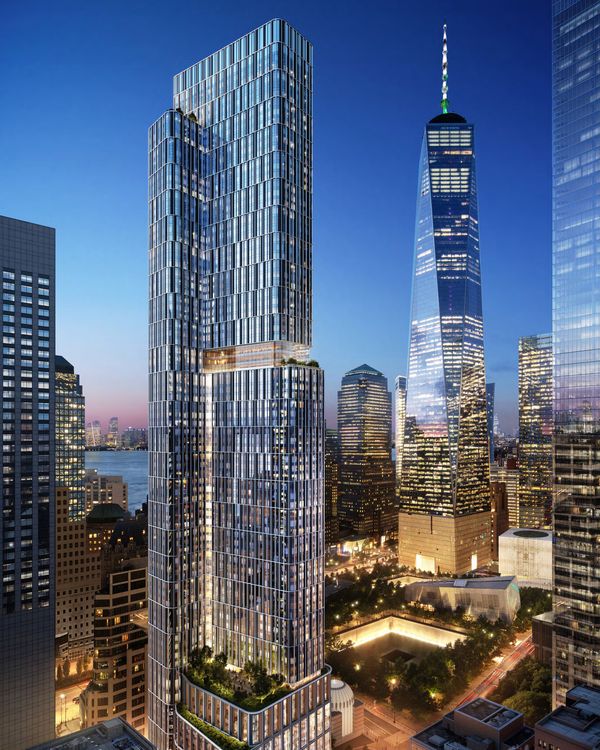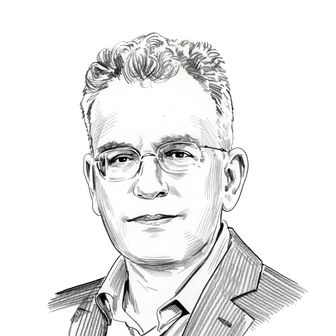
Far be it from me to gripe about those 400 new affordable apartments that were announced for the Financial District this past week. Roughly a third of the new building at 5 World Trade Center, Governor Hochul has said, will be set aside for middle- and working-class New Yorkers, with 80 of those apartments earmarked for people who lived and worked near the old World Trade Center as well as some first responders. Presumably, these residents will be able to compartmentalize their memories thoroughly enough to live with the ghosts or are somehow equipped to get beyond trauma when it comes to a good deal. Anything that forces some economic diversity into a monolithically wealthy neighborhood is a fine thing, and the Coalition for a 100% Affordable 5WTC deserves praise for what it got, even if it fell short of the statistic in its name.
But the news also highlights just how thin the set of available solutions to our housing crisis is. The Faircloth Amendment forestalls the wholesale construction of new apartments with federal funds. NIMBYs in affluent low-rise neighborhoods and inner-ring suburbs stop even more. That nudges any new building into areas where the neighbors are already tall; that, in turn, means the land is so expensive that it’s given over to the narrow band ranging from luxury to superluxury housing. If you take away that level of profit, the calculations change and the buildings may not go up at all. Governments and advocates are left with the small bargaining chips of incentives and a little leverage from zoning variances that lead to poor-door set-asides, some of which — like this one — yield results. Everyone is boxed in except the developers themselves, for whom the sky (as of right) is the limit.
The thing is, set-asides like this can go only so far — not just numerically but in terms of city- and community-building. They embed middle-class people in a neighborhood they would otherwise be excluded from, which is a definite good, but they don’t make much of a dent in the crisis of people who have nowhere at all to live. In this case, the income tiers are set from about $40,000 to $150,000 depending on family size, which in most cases means one nice professional salary or two blue-collar ones. That’s hardly going to get homeless people off the streets; it’s more on the model (sans exclusionary policy) of the original Stuy Town, intended for teachers, firefighters, and paralegals. It’s no knock on this good outcome to say it also shows us what buildings like this can’t do.
What then will be missing for the people who move into these apartments is the set of services that constitute a neighborhood. This tower is not in Battery Park City, which is a decent walk away. The few residential buildings around the memorial exist for the generously rich, who leave a lot of their support to staff and deliveries. Is there a supermarket within walking distance? (Sort of. There’s Eataly, which, wonderful as it is, is a place where a high proportion of the dry pasta is $8.90 a pound, and a Whole Foods Market that’s a pretty long haul if you’re carrying groceries.) Is there a hardware store? There is not. Although FiDi is no longer the roll-up-the-sidewalks neighborhood it once was at night, it’s also not a place built for a middle-class schlepper. Add to that the likely lifestyle and cultural gap that will become obvious when the extremely affluent bump into their market-rate neighbors, and you have to wonder whether this deal, good as it is, will be more of a gilded cage.
That said, if you were eligible and looking, would you still take it? Almost surely. At least there’s Century 21 across the street.


